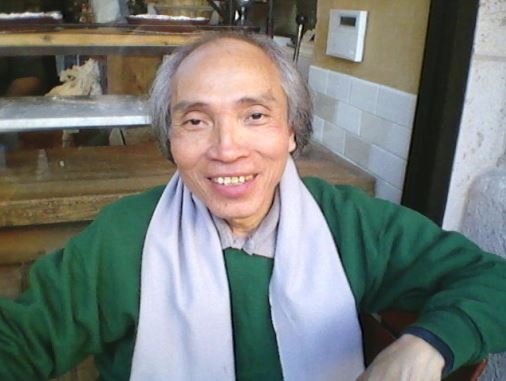
University of California
USA
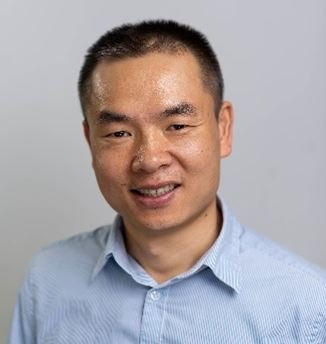
University of Exeter Medical School
UK

Uniformed Services University
USA

Zhejiang University Yuquan Campus
China

Taibah University
Saudi Arabia

Rensselaer Polytechnic Institute
USA
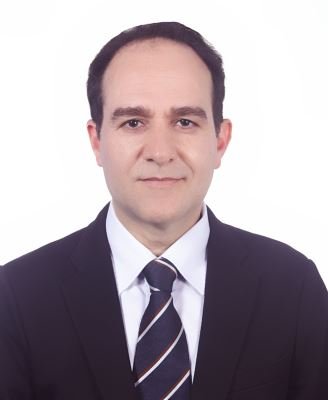
Innovation Center for Advanced Technology
USA
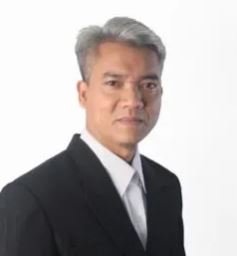
Swiss German University
Indonesia
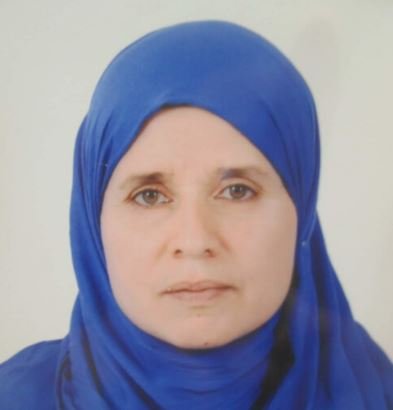
University Of Carthage
North Africa
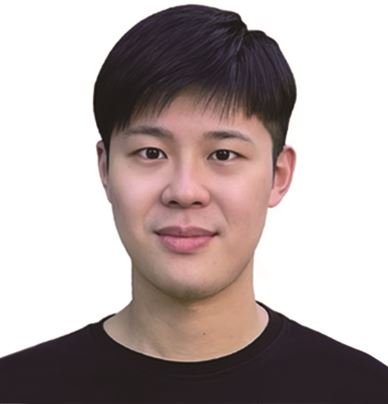
Xi'an Jiaotong University
China
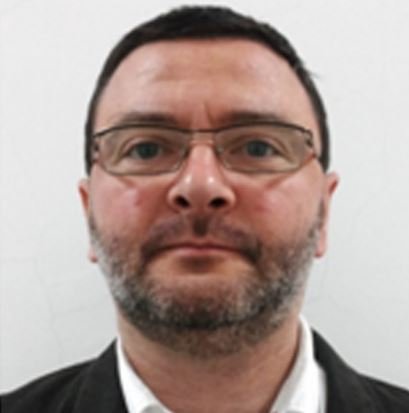
Alexandru Ioan Cuza University of Iasi
Romania
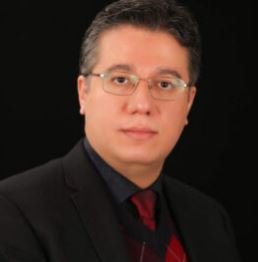
California South University
USA
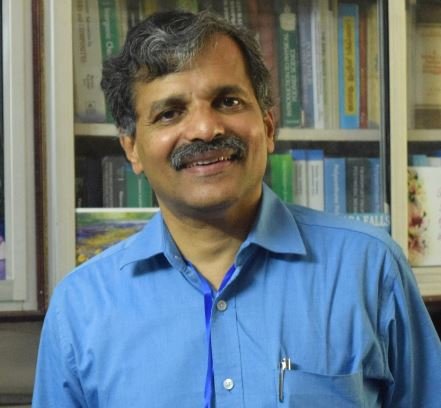
Mahatma Gandhi University
India
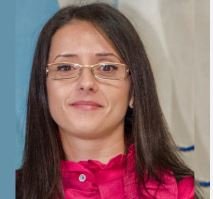
Alexandru Ioan Cuza University of Iasi
Romania
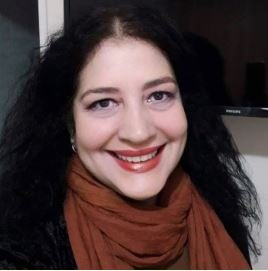
National University of Misiones
Argentina

University of Tirana
Albania
Prof. Imran Ali, PhD, FRSC (UK) is a full Professor at Jamia Millia Islamia Central University, India. He has 25 years of experience in the research, discovery and development of chiral and anti-cancer drugs development. He has more than 500 publications, with total citations more than 25500, 70 h-index and 259,i10-index. He is a member of RSC, UK and ACS, USA. He has been visiting Professor at KSU Riyadh, SQU, Muscat Oman, UTM, Johor, Malaysia. He is on Editorial Board Member of 10 National and International Journals. He is reviewers of more than 50 National and International Journals.
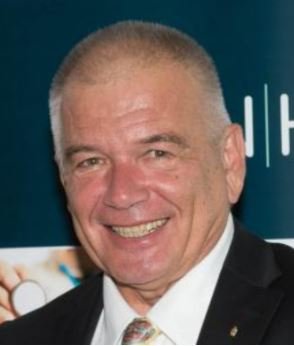
Professor Tóth’s major research interests are: drug delivery, immunoadjuvants, carbohydrates, lipids, peptides, nucleosides, and nucleotides. This research has attracted over $60 million in competitive grants, research contracts and investment funds in the past 10 years. Professor István Tóth is an Australian Research Council Australian Professorial Fellow; Chair in Biological Chemistry & Professor of Pharmacy at The University of Queensland (UQ), Brisbane, Australia; and Affiliated Professorial Research Fellow and Group Leader at the Institute of Molecular Biosciences, UQ. He graduated with a degree in Chemical Engineering from the Technical University, Budapest, Hungary (1969) and was awarded his PhD (1972) for his Alkaloid Chemistry research. Professor Tóth undertook a postdoctoral fellowship at Carleton University, Ottawa Canada before returning to Hungary to work as a Research Associate (1977-82), then Scientific Group Leader (1982-87) at the Central Research Institute for Chemistry, Hungarian Academy of Science where he earned his Candidate of Science (C.Sc., 1979). He joined the School of Pharmacy at the University of London in 1987 as a Senior Lecturer and Royal Society sponsored Senior Research Fellow. He became a Reader in Medicinal Organic Chemistry in 1994 and was awarded a Doctorate of Science (D.Sc., 1994) for his work in Drug Delivery (Hungarian Academy of Sciences), before relocating to the University of Queensland in 1998 where he has built a productive research group (presently 30 members). Professor Tóth was a visiting professor at the School of Pharmacy, University of London (1994-2004) and at the Department of Bioengineering and Therapeutic Science, University of California, San Francisco (2011-2013). Professor Tóth has over 300 peer-reviewed publications, 43 patents, and an excellent track record in research commercialisation. He is a one of key founders of Alchemia (ASX listed), Implicit Bioscience Pty Ltd, Neurotide Pty Ltd and TetraQ (the commercial arm of Centre of Integrated Preclinical Drug Development). Professor Tóth is also a Scientific Advisory Board Member of Implicit Bioscience Pty Ltd. Brisbane, Australia, and Proxima Concept Ltd, London, UK. Professor Tóth is an elected RACI Fellow and Fellow of the Queensland Academy of Arts and Sciences. In 2009 he was awarded the Adrian Albert award for sustained and outstanding research in medicinal biochemistry, and a Business/Higher Education Round Table (BHERT) Award for Outstanding Achievement in International Collaborative Research and Development. Professor Tóth was appointed as a member of the ARC College of Experts (2008-2010). He was the founding (2007) then the elected (2008-2009) President of the Australian Chapter of Controlled Release Society. He is the Editor in Chief of Current Drug Delivery and Drug Delivery Letters, Associate Editor of Medicinal Chemistry; and the Board Member of Mini Reviews in Medicinal Chemistry, Open Drug Delivery, Open Medicinal Chemistry, and Current Patents in Drug Delivery.
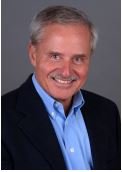
Werner Sieghart studied chemistry at the University of Vienna, and got his Ph.D. in biochemistry in 1973. He then joined Prof. Manfred Karobath at the Section of Biochemical Psychiatry, University Clinic for Psychiatry, Vienna, for training in neurochemistry. After three years there, he spent another two years as a post doc at the Department of Pharmacology, Yale University, New Haven, Connecticut, USA, with Prof.Paul Greengard. He then returned to the Section of Biochemical Psychiatry, Vienna, in 1978. From 1980-2001 he was head of the Section of Biochemical Psychiatry. This Section comprised a Clinical Chemistry Laboratory performing blood counts and blood enzyme determinations, and a Clinical Research Laboratory, performing determinations of drugs of abuse, Lithium, hormones, anticonvulsants, antidepressants, neuroleptics and benzodiazepines. In addition, this laboratory also performed molecular genetic investigations, and linkage and association studies on patients with Huntington disease, depression, schizophrenia, and epilepsy. In these premises, he also established a Basic Research Laboratory investigating GABAA receptors. Werner Sieghart was the first to demonstrate the existence of multiple GABAA receptor subtypes in 1980, seven years before GABAA receptor subunits were cloned. He then continued to make major contributions to our current knowledge on the molecular structure of GABAA receptor subtypes, their distribution, pharmacology and function. He also contributed most of our current knowledge on GABAA receptors containing alpha6 subunits and their central importance in multiple neuropsychiatric disorders. He has published 300 original articles in peer-reviewed journals, 31 proceedings, 8 invited book articles, >560 abstracts, and 3 patents. His publications received >33.000 citations, Hirsch Index (hi) = 90 (Google Scholar). He habilitated in Neurobiochemistry in 1982, and became Prof. of Neurobiochemistry in 1988. In 2002, he was appointed full Professor for Biochemical and Molecular Pharmacology of the Nervous system, and Chair of the Department for Biochemistry and Molecular Biology of the Nervous System, Center for Brain Research, Medical University Vienna, until his retirement in 2011. During his career he obtained several awards and served in advisory boards of the Austrian Ministry of Science and Research, of the Austrian Biochemical Society, and the Austrian Neuroscience Association. Since 1990, he is a member of the IUPHAR Committee on Nomenclature of GABAA receptors. From 2000-2009 he was Section Editor for “Molecular Neurosciencer” of the journal “Neuroscience”. From 2004-2006 he was President of the Austrian Neuroscience Association, and since 2013 he is Honorary Member of the Hungarian Academy of Sciences. He currently is Guest professor at the Center for Brain Research, Department of Molecular Neurosciencer, Medical University Vienna.

Pal Pacher received his M.D. and Ph.D. (summa cum laude) at Semmelweis University of Medicine, Hungary in 1993 and 1999. After spending 2 years at Thomas Jefferson Medical University in Philadelphia, and 2 additional ones in the drug development in Boston area he joined NIH at 2003, where he became Chief of Section on Oxidative Stress and Tissue Injury in 2005; was tenured in 2012, and became Head of Laboratory of Cardiovascular Physiology and Tissue Injury in 2015.He is also an adjunct Professor of Anesthesiology at Department of Anesthesiology, University of Texas Medical Branch. Dr. Pacher co-authored over 300 peer-reviewed publications and with over 30,000 citations listed among top 50-100 most cited researchers in the World in Pharmacology and Toxicology fields during the past decade since 2010, and also among the top 1% cited in Clinical Medicine, Biology and Biochemistry fields. He has also been listed in Highly Cited 2014, 2015, and 2016 in Pharmacology & Toxicology (based on number of highly cited papers and total citations) and was included in list of: ”The World’s Most Influential Scientific Minds 2014”, 2015 and 2016 Thomson Reuters, Institute of Scientific Information. He is editorial board member of numerous scientific periodicals, recipient of numerous national/international research awards and grants, and elected Fellow of the American Heart Association, American College of Cardiology, and American Physiological Society. He is also a member of the Steering Committee of the Cancer Redox Biology Faculty at National Cancer Institute.
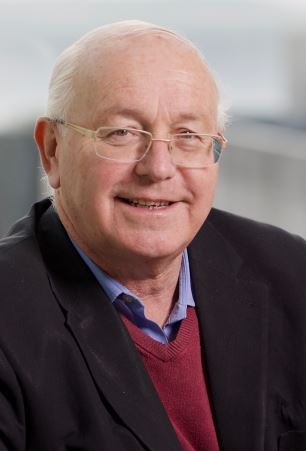
Philip received his B.Sc (1966) and Ph.D (1969) from University College London and then spent two years as a postdoctoral fellow at the University of Washington, Seattle, USA with Edmond Fischer (the 1992 Nobel Laureate for Medicine or Physiology). In 1971 Philip returned to the UK to join the recently founded Department of Biochemistry at the University of Dundee, where he has worked for over 50 years. Philip was a Royal Society Research Professor from 1984 to 2010, the Founding Director of the MRC-PPU from 1990 to 2012 and Director of the SCottish Institute for ceLL Signalling (SCILLS) from 2008 to 2012. Philip was the Co-Director from 1998 to 2012 of the Division of Signal Transduction Therapy (DSTT), Europe's largest collaboration between a basic research institution and the pharmaceutical industry, and has been Deputy Director since 2012. According to Thomson Scientific, Philadelphia, Philip was the world’s second most cited scientist in the field of biology and biochemistry from 1992-2003, and the most cited biochemist from 1999-2009. Philip has received many prizes for his research discoveries worldwide, including the Colworth (1977) and CIBA (1991) Medals of the Biochemical Society, the Prix van Gysel of the Belgian Royal Academy of Medicine (1992), The Swiss Louis Jeantet Prize (1997), the Pfizer Innovation Award for Europe (1999), the Debrecen Award for Molecular Medicine, Hungary, the Rolf Luft Prize of the Karolinska Institute, Stockholm, Sweden (2006), Royal Medals from the Royal Societies of Edinburgh (2004) and London (2008), the Medical Research Council Millennium Medal (2013) and the Albert Einstein World Award of Science (2014). Philip received the Lifetime Achievement Award from Scotland’s Life Science Industry on March 16th 2023 and the Lifetime Higher Education Award from the Herald newspaper on June 1st 2023. Philip was knighted by the Queen in 1998 for “Services to Biochemistry”. He was elected a Member of the European Molecular Biology Organisation (EMBO) in 1982, a Foreign Associate of the United States National Academy of Science in 2008 and a Corresponding Member of the Australian Academy of Science in 2014.
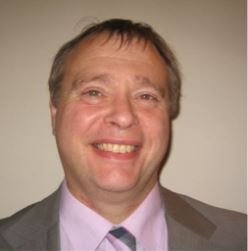
Graeme Ladds, Director of PharSafer, has over 30 years’ experience working in the pharmaceutical industry. Having started his career at Ashbourne Pharmaceuticals in 1989 as Head of Drug Safety & Medical Information, he went on to become Head of Global Pharmacovigilance at Shire Pharmaceuticals. He then set up his consultancy and specialist CRO company, PharSafer Associates Ltd, where he has been involved in establishing pharmacovigilance in companies, performing audits across Europe and the USA, SOP writing, acting as QP for companies, and helping with regulatory inspections.
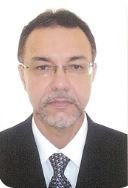
Paulo C. DE MORAIS, PhD, was full Professor of Physics at the University of Brasilia (UnB) – Brazil up to 2013, Appointed as UnB’s Emeritus Professor (2014), Appointed as Guest Professor of Huazhong University of Science and Technology – China (2011), Visiting Professor at Huazhong University of Science and Technology (HUST) – China (2012-2015), Appointed as Distinguished Professor at Anhui University (AHU) – China (2016-2019), Appointed as Full Professor at Catholic University of Brasília (UCB) – Brazil (2018), Appointed as CNPq-1A Research Fellowship since 2010. 2007 Master Research Prize from UnB, 2008-member of the European ERA NET Nanoscience Committee, Member of the IEEE-Magnetic Society Technical Committee, Senior Member of the IEEE Society, 2012 China’s 1000 Foreign Expert Recipient, and 2012 Academic Excellence Award from Brazilian Professor’s Union. He held two-years (1987-1988) post-doc position with Bell Communications Research – New Jersey, USA and received his Doctoral degree in Solid State Physics (1986) from the Federal University of Minas Gerais – Brazil. He graduated in both Chemistry (1976) and Physics (1977) at UnB. Professor Morais is member of the Brazilian Physical Society and the Institute of Electrical and Electronics Engineers – IEEE. He has served as referee for more than 50 technical journals, takes part of the Editorial Board of more than 15 technical journals and has conducted research on nanomaterials for over 40 years. He has delivered 170 Invited Talks all over the World. He is known for his research in preparation, characterization and applications of nanosized materials (magnetic fluid, magnetoliposome, magnetic nanoemulsion, magnetic nanocapsule, magnetic nanofilm, magnetic nanocomposite, nanosized semiconductors, polymeric dots, carbon dots, and graphene quantum dots). With about 500 published papers in peer reviewed journals, more than 12,500 citations and 16 patents, he has appeared in recent World ranking of top scientists, such as 2020-Stanford, 2022-Research.com, 2023-AD Scientific Index, and 2023-Research.com.
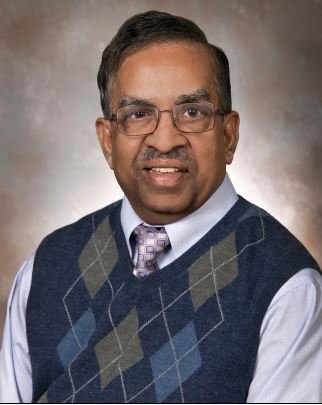
As the PI, I am responsible for the performance of the projects in my laboratory. I have extensive experience in Biochemistry and Neuroscience based on my post doctoral research at NIH and subsequent work at USUHS. Also, I have experience in the basic as well as preclinical aspects of N-acetylaspartate (NAA) which is the second most concentrated molecule and an acetyl source in the brain. I was primarily responsible for organizing the First International Symposium on this area of research at NIH in September 2004. I am involved in the research on the pathogenesis and treatment of Canavan disease, and we have developed a glycerol ester based strategy to transport acetate into the brain as a therapeutic acetate supplementation strategy. Recently, I have expanded my research into developing newer neuroprotective strategies for traumatic brain injury based on acetate supplementation to the brain via the glycerol ester based strategy. More recently, my research team has cloned the gene for the biosynthetic enzyme of NAA. Furthermore, we have recently shown that acetyl CoA synthetase 1 is a nucleocytoplasmic enzyme in vertebrates and have developed a gene knockout mouse model of this enzyme in our laboratory. Also, we have recently tested the NAA toxicity hypothesis of Canavan disease by increasing NAA in the brain during postnatal myelination. This treatment increased NAA levels in the brain comparable to those observed in the brains of Nur7 mice, an established model of Canavan disease. None of the markers of Canavan disease were increased in the brains of these treated mice, and no vacuoles were observed in any brain region. Thus, any direct evidence for the NAA toxicity hypothesis is lacking at the present time and hence our emphasis on the acetyl-CoA deficiency hypothesis to explain Canavan disease pathogenesis. Presently we are focused on neuroprotection against nerve agents like Soman by brief isoflurane exposure.

Már Másson completed his Bachelor of Science in Chemistry from the University of Iceland in 1987, followed by a Cand. Scient (MS) in Organic Chemistry from Copenhagen University, Denmark, in 1990, and a Doctor of Engineering – Biotechnology from the Tokyo Institute of Technology, Japan, in 1995.
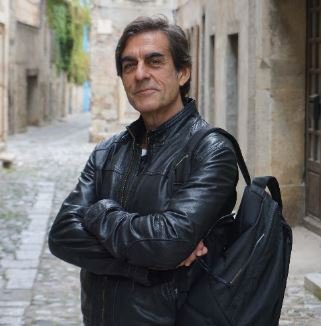
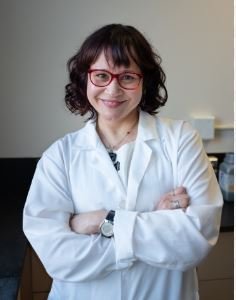
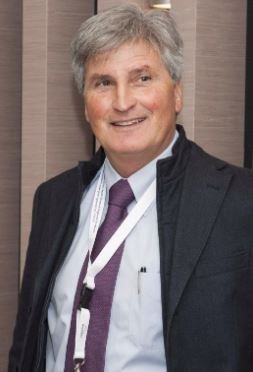

Danilo Tagle is currently Director, Office of Special Initiatives at the National Center for Advancing Translational Sciences (NCATS) of the National Institutes of Health (NIH) where he leads efforts in developing innovative tools and technologies that can greatly accelerate development of diagnostics and therapeutics. These programs involve interdisciplinary collaborations between intramural and extramural components of NIH, and entail partnerships with other agencies, such as FDA, NASA, and DARPA, as well as with private sector. Some of the programs include tissue chips, 3D bioprinting, automated chemistry, electronic nose technology for disease diagnosis, quantum technologies, and the isolation and analyses of exosomes for biomarker and therapy development. He has served on numerous advisory and review committeesand editorial boards.He currently serves on the Biological and Physical Sciences Federal Advisory Committee, on the White House OSTP Microgravity Science and Technology Interagency Working Group, and servesas the point-of-contact for the liaison to the NASA/NIH/Department of Health and Human Services partnership. Dan obtained his PhD and MS in molecular biology and genetics from Wayne State University School of Medicine. He was an NIH National Research Service Award postdoctoral fellow in human genetics at the University of Michigan. Dan has authored many scientific publications and has garnered numerous awards, including more recently the Roscoe O. Brady Award for Innovation and Accomplishment; the Henry J. Heimlich Award for Innovative Medicine; the HHS Secretary's Award for Distinguished Service: Rapid Acceleration of Diagnostics (RADx) Initiative, and the NASA Silver Group Achievement Award.
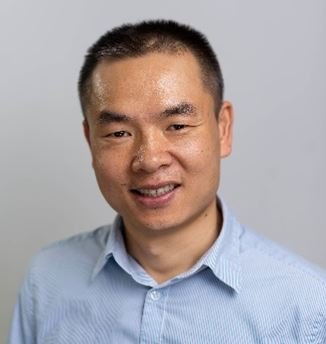
Dr Jinwei Zhang has a very wide-ranging expertise, which makes him uniquely positioned to develop research at the interface between fields. He gained a solid theory and practice of training in the field of natural bioactive compounds, biochemistry and molecular biology, enzymology, pharmacology, drug discovery, signaling transduction and electrophysiology during his academic degrees and postdoc trainings. He studies signalling pathways that associated with human diseases, for examples, the neurodegenerative diseases including the LRRK2 associated Parkinson's disease (PD), the amyloid precursor protein (APP) and Tau associated Alzheimer's disease (AD), neuropsychiatric disorders including epilepsy (WNK-SPAK-KCC2), High Blood Pressure & Kidney Disease (CUL3/KLHL3-WNK-SPAK-NCC) etc.. All these studies concern with elucidating and targeting ion transporters, kinases, protein-protein interactions using genetic mouse models, mass spectrometry, small molecules, electrophysiology, and CRISPR/Cas9 gene editing technologies to aid discovery and validation of new potential drug targets.

Chikezie Kennedy Kalu’s field of research is Technology and Innovation Management. He is from Nigeria and has a B.Eng. in Electronics Engineering from The University of Nigeria Nsukka; Nigeria (UNN) and a Masters (with Distinction) in Communication Engineering from The University of Manchester, UK. Chikezie has also presented his research works at various international conferences; and continues to receive more invites to share his works at international conferences and global webinars. He was also awarded the International Best Researcher in Management Science and Engineering at the Asia Research Awards (International Congress for Research Excellence 2024) in India, in March 2024.

Dr. Grigoris Zoidis is a Professor at the Department of Pharmacy, Division of Pharmaceutical Chemistry of the National and Kapodistrian University of Athens (NKUA). He obtained the Pharmacy degree, M.Sc. and the Ph.D. degrees with honors in pharmaceutical/medicinal chemistry from the Faculty of Pharmacy, Department of Pharmaceutical Chemistry, NKUA, Greece, in 2000, 2002 and 2006, respectively. During this period he received awards-fellowships from the Greek State Scholarship Foundation and trained in Zurich (ETH-2001) in multidimensional NMR techniques. In 2012 he received the Young Investigator award (researcher under 40) from the Association of Greek Chemists and was the Greek representative at the 4th European Association for Chemical and Molecular Sciences (EuCheMS) Young Investigator Workshop in Vienna (23-25 of August, 2012). After postdoctoral research as an EU fellow (CANCER GRID project) at the Department of Pharmaceutical Chemistry, University of Bari, Italy, and a year of postdoctoral research as an EU fellow in the field of: Natural Product Synthesis (Faculty of Pharmacy, Department of Pharmacognosy and Natural Product Chemistry, NKUA), since January of 2012, Dr. Grigoris Zoidis has been pursuing his independent career at the Department of Pharmaceutical Chemistry, NKUA. His current interests include medicinal and organic chemistry, specifically, design and synthesis of compounds with antiviral, trypanocidal, anticancer and CNS activity.
Choose Your Pricing That Fits You Best
Budapest, the capital of Hungary, is a captivating city that straddles the Danube River in Central Europe. It is renowned for its stunning architecture, rich history, and vibrant cultural scene. The city is divided into two parts, Buda and Pest, each with its unique character and attractions.